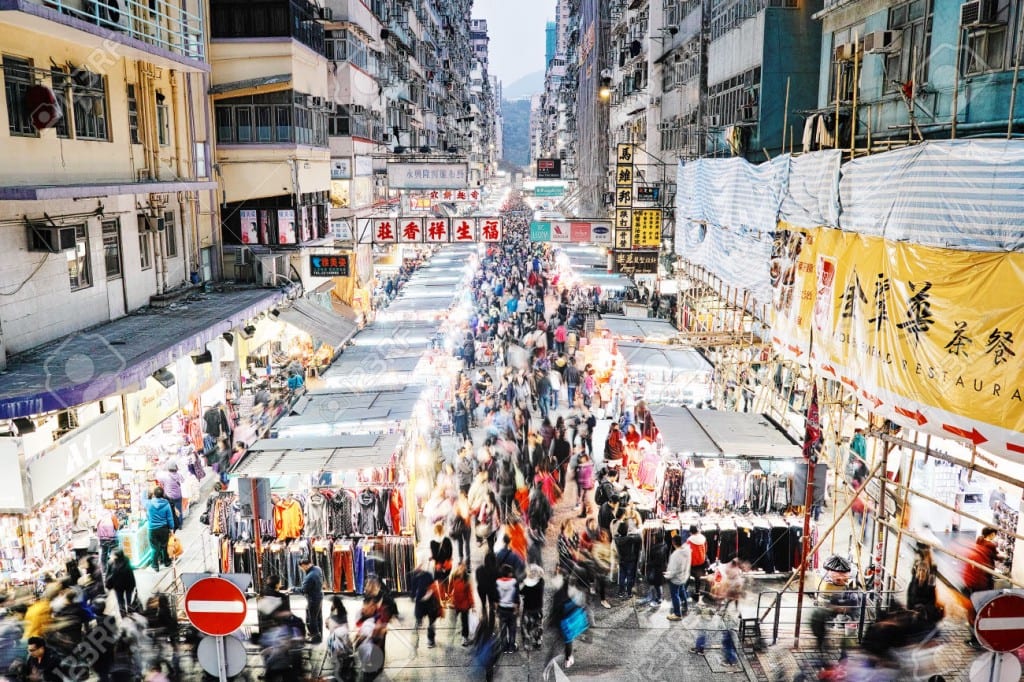
People from other places may find it hard to imagine, but Hong Kong, although such a small city, can accommodate more than 50 million tourists each year. Of course, most of them are from the mainland.
But the government should think of how to overhaul our tourism industry and rebuild Hong Kong into a place for cultural nourishment and entertainment activities, rather than just a big shopping mall.
Chief Secretary Matthew Cheung said more than 52 million tourists visited Hong Kong in the first 11 months of 2017. That’s a 3 percent increase from the same period last year.
He revealed in his blog that visitors from the mainland and the rest of the world both registered increases. The number of overnight visitors went up by 5 percent in the first 10 months of 2017, from the same period a year ago.
More than 70 percent of the tourists came from the mainland, while those from other countries including Taiwan, South Korea, Japan and Europe just accounted for 30 percent.
Hong Kong’s tourism industry, which employs more than 280,000 people, remains heavily dependent on mainland tourists, even after the sector has been hit hard by Chinese President Xi Jinping’s far-reaching anti-corruption campaign since 2012, which caused big-spending mainland shoppers to stay away from the territory.
But there are signs they are returning to the city this year. In fact, tourists from across the border treat Hong Kong as their supermarket rather than a place for leisure activities, given the perception that the quality of products and level of consumer protection in the city are higher than those on the mainland.
But this over-reliance on mainland tourists has distorted the development of local tourism as landlords turn shopping malls originally intended to cater for the needs of the local community into attractions for mainlanders. Such orientation has not only affected the daily lives of local residents but has also turned Hong Kong into a shopping mall city, with malls housing similar retail shops and restaurants offering the same goods and services in all districts from Central and Mong Kok to Sheung Shui and Tung Chung.
Chief Executive Carrie Lam’s administration understands the challenges facing the tourism industry, but it has not veered away from its old strategy of pouring money into hardware rather than building the city’s “soft power” to highlight the city’s uniqueness as a former British colony and China’s global gateway.
One of the government’s biggest mistakes in trying to boost the city’s tourism industry is its decision to invest another HK$5.45 billion in Hong Kong Disneyland for its expansion plan. The investment only benefited Walt Disney while Hong Kong is left holding an empty bag as other Disneyland resorts in the region, i.e., in Shanghai and Tokyo, proved to be tough rivals.
The government should instead promote its own uniquenes through a light show featuring our old districts. We could, for example, try to bring back nostalgic memories of the old Hollywood Road in Central, showcasing the old office building of Wah Kiu Yat Po newspaper, the Dr. Sun Yat-sen Historical Trail, and other aspects of our storied past.
While those buildings no longer exist in the real world, we could make use of new technologies such as augmented reality or virtual reality that allow tourists to visit the past by using their mobile phones or other smart devices.
Perhaps, the government can partner with the newspaper society to come up with gimmicks like giving away old copies of Chinese newspapers – with the tourists’ pictures published on the front page – as souvenirs as well as a reminder of our rich history of press freedom.
Such a model can be replicated in other different districts of Hong Kong to highlight the colorful tapestry of our culture and society that is older than the British colonial period.
Another initiative to revive our tourism industry is to sponsor international sporting, cultural and entertainment events. The West Kowloon Cultural Zone could play a leading role in boosting our tourism industry by promoting Hong Kong as a cultural and entertainment hub.
The government said it will come up with a comprehensive development plan for our tourism industry with new attractions and offerings. It’s about time we did.